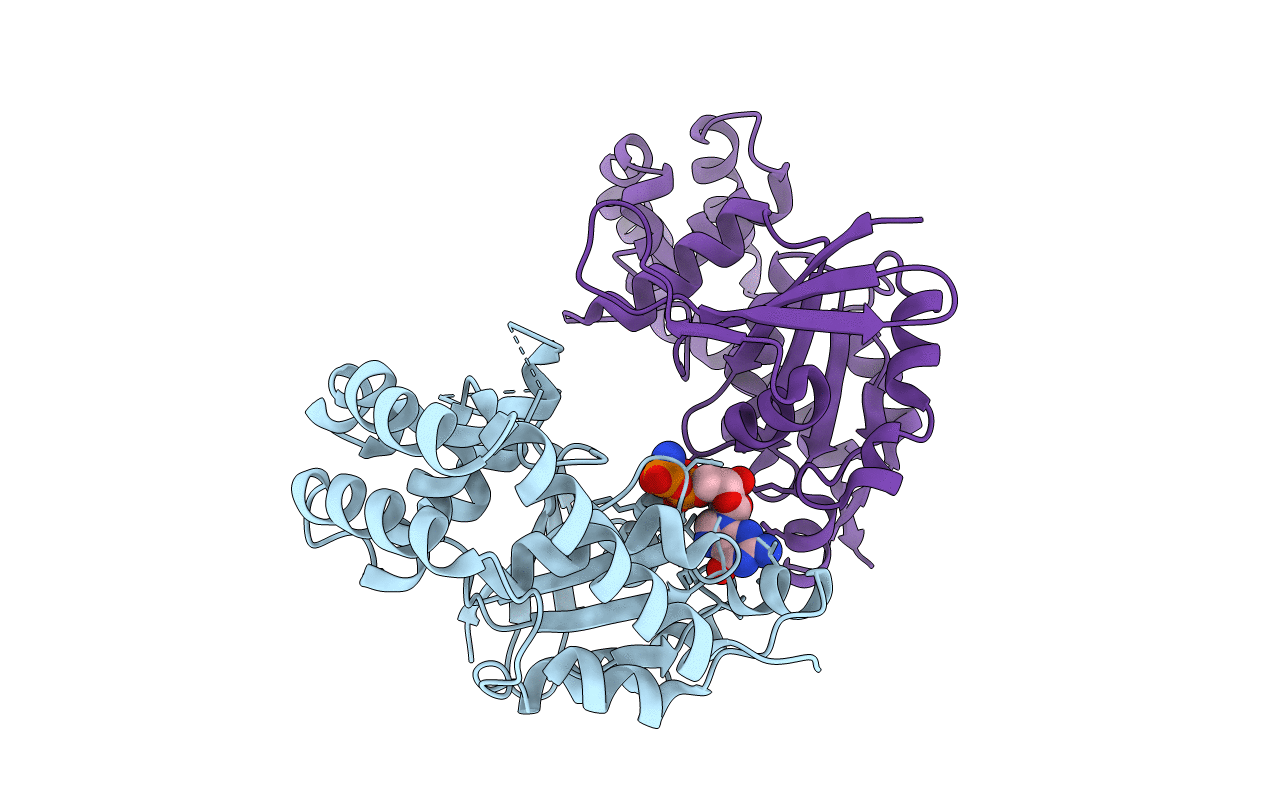
Deposition Date
2014-09-03
Release Date
2015-02-11
Last Version Date
2024-02-28
Method Details:
Experimental Method:
Resolution:
2.22 Å
R-Value Free:
0.28
R-Value Work:
0.24
R-Value Observed:
0.25
Space Group:
P 41


